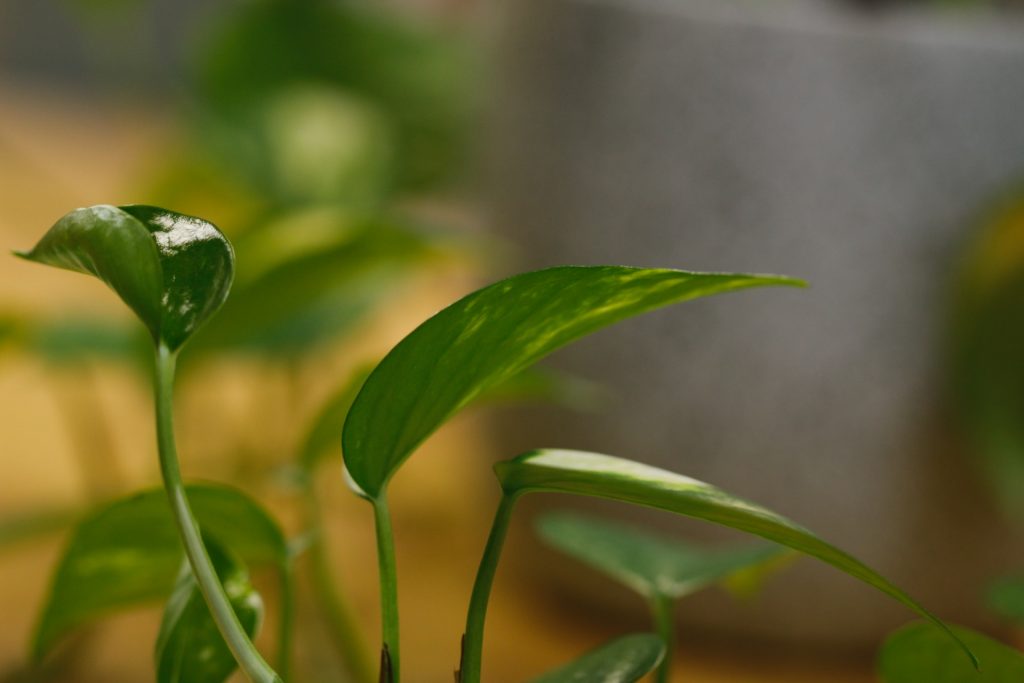The Citrus Sensation
Originating in Southeast Asia, the Key lime tree (Citrus aurantiifolia) has been a delightful and refreshing presence in gardens and orchards across the globe. Adored for its tangy, aromatic fruits and stunning visual appeal, the Key lime tree has become an undeniable favorite for citrus aficionados. Let’s explore the unique characteristics, growing requirements, and versatile uses of this remarkable tree.
A Burst of Flavor and Aroma
Key limes, also known as Mexican or West Indian limes, are smaller and more flavorful than their more common Persian lime counterparts. Boasting a thin, smooth rind that turns from green to yellow upon ripening, Key limes are known for their signature tart taste, making them a popular ingredient in various culinary creations. From the classic Key lime pie to refreshing cocktails, the flavor of Key limes is a versatile and delightful addition to any recipe.
Beneath the Canopy
Growing a Key lime tree can be an incredibly rewarding experience, especially for those who love the idea of having a fresh supply of limes within arm’s reach. These evergreen trees thrive in sunny, warm environments, making them well-suited for USDA growing zones 9 through 11. However, they can also be grown in containers and moved indoors during colder months, allowing those in cooler climates to enjoy their beauty and bounty.
When it comes to size, Key lime trees are relatively small, typically reaching heights of 6 to 12 feet. This makes them a perfect addition to smaller gardens or even as a potted indoor plant. One important aspect to consider when growing a Key lime tree is its susceptibility to cold. Temperatures below 32°F can cause damage to the tree, so it’s crucial to provide adequate protection or bring the tree indoors during winter months.
The Gift of Growing
For those looking to grow a Key lime tree, there are a few essential tips to keep in mind. First, ensure that the tree is planted in well-draining soil, as standing water can lead to root rot. Additionally, Key lime trees prefer slightly acidic soil with a pH between 6.0 and 6.5. Regular watering is crucial, particularly during dry spells, but take care not to overwater.
When it comes to pruning, it’s best to remove any dead or damaged branches to maintain the tree’s overall health. Pruning can also help control the tree’s size, particularly when grown in a container. Lastly, fertilizing the tree with a balanced citrus fertilizer several times a year will promote healthy growth and a bountiful harvest.
Harvesting Happiness
Key lime trees are not only attractive and aromatic, but they also produce an abundance of fruit. Harvesting Key limes is best done when they are still green, as the flavor becomes more bitter as the fruit ripens to a yellow hue. With proper care and attention, your Key lime tree can bring years of enjoyment and culinary inspiration.
In Conclusion
The allure of the Key lime tree lies in its unique flavor, charming appearance, and relatively low-maintenance requirements. This citrus delight is a fantastic addition to any garden or home, offering a burst of flavor and a touch of tropical paradise. With proper care and a little patience, the Key lime tree will reward you with a bounty of tangy, delicious fruit to share with friends and family for years to come.
